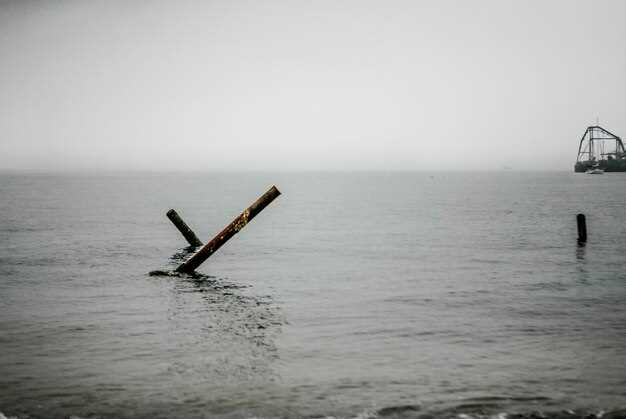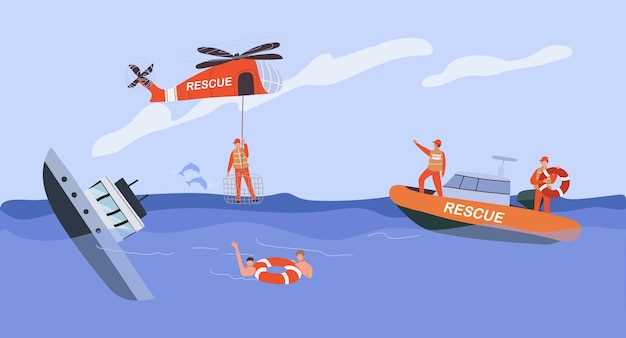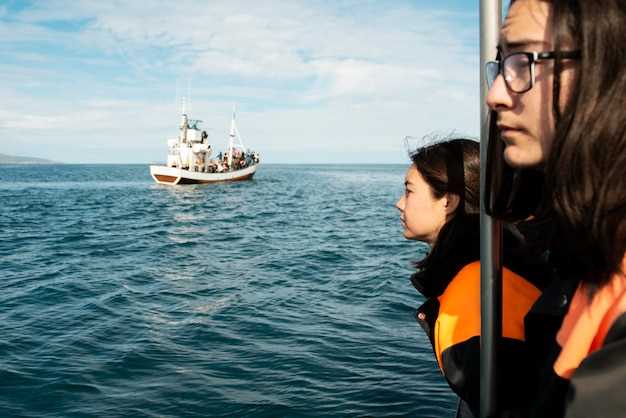
Maritime tragedies have left their indelible marks on human consciousness. Episodes of nautical mishaps remind us of the fine balance between adventure and peril. These heart-wrenching events provide stark reminders of the ever-present dangers that lie beneath seemingly serene waters.
One particularly calamitous maritime accident stands out in narratives of seafaring adventures. This tragic event resonates across continents, reminding future generations and maritime professionals alike of the critical importance of preparation and safety practices. Reflecting on such events helps uphold a commitment to enhancing maritime safety and honoring those whose lives were irrevocably changed.
The Tragic Voyage of the SS Sultana
In April 1865, a catastrophic event unfolded on American waters, leading to one of the most devastating maritime disasters ever recorded. This incident involved a large vessel, significantly overloaded with passengers. Despite numerous signs of danger, the journey proceeded, culminating in unimaginable devastation.
Key factors contributing to the calamity included:
- Overcrowded conditions far exceeding safe capacity
- Poor maintenance and shoddy repairs on essential equipment
- Lives lost in overwhelming numbers, most of whom were recently released POWs
- Factors related to the timing, occurring shortly after major national events
The ship was attempting to navigate a river route. The combination of structural weaknesses, exacerbated by the sheer volume of individuals onboard, created a situation ripe for disaster. As fallout from the malfunction occurred, many were trapped, while few managed to survive the ordeal.
A look at the broader impact reveals deep societal scars and numerous families forever changed by the events of that ill-fated expedition. The disaster left an indelible mark on maritime safety protocols and helped reshape future passenger transport regulations.
Notable aspects:
- The vessel’s infamous structural failure
- Efforts of heroic individuals during the ensuing chaos
- Subsequent investigations that highlighted gross negligence
This tragic episode serves as a solemn reminder of the importance of stringent safety measures and the dire consequences of oversight failures. The memory of those who perished continues to echo through time, serving as a poignant lesson in maritime history.
Devastating Steamship Explosion Aftermath

In the wake of an unprecedented steamship explosion, countless lives were irrevocably altered. The scene of destruction extended far beyond the wreckage, impacting not only those directly involved but also the wider community. This section delves into the profound consequences and the long-term effects that rippled through society.
Human Impact
Survivors faced unimaginable challenges both physically and emotionally. Families were shattered, communities mourned, and a collective sense of loss permeated the atmosphere. Immediate efforts were focused on providing aid to the wounded and ensuring basic necessities for those left homeless.
- Medical assistance was prioritized for burn victims and those with severe injuries.
- Temporary shelters were established to house displaced individuals.
- Counseling services were provided to help cope with the psychological trauma.
Societal Repercussions

Beyond the immediate human toll, this catastrophe had significant economic and societal implications. Commerce was disrupted, infrastructure damaged, and the disaster exposed critical vulnerabilities in safety regulations. Authorities and industry leaders convened to assess the situation and implement reforms.
- Investigation into safety standards and enforcement.
- Introduction of more rigorous inspection protocols.
- Legislative measures aimed at preventing future incidents.
Communities gathered strength to rebuild, but the scars of that fateful event lingered for generations.
Impact on Maritime Safety Regulations

Significant maritime incidents often lead to comprehensive reviews and overhaul of existing safety protocols within the industry. These events serve as catalysts for reviewing current practices, identifying deficiencies, and implementing stricter safeguards to prevent future occurrences.
One profound repercussion of such unfortunate events is the advancement of technological solutions aimed at improving navigational accuracy and early warning systems. Enhanced radar and satellite communications have become pivotal, providing real-time data to mitigate risks.
Additionally, regulations governing ship construction are frequently reassessed. Structural integrity, lifeboats, and emergency equipment standards often undergo rigorous examination and subsequent enhancement to ensure better preparedness for any sea calamities.
The human factor also garners significant attention, with training programs for crew members being intensified. Maritime academies incorporate advanced simulation exercises and emergency response drills, underlining the importance of readiness and efficient crisis management.
Legislation often follows suit with international bodies like the International Maritime Organization (IMO) introducing new conventions or amending existing ones. These legal frameworks compel shipping companies globally to adhere to higher safety standards, making maritime travel safer for all.